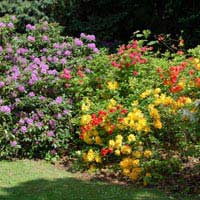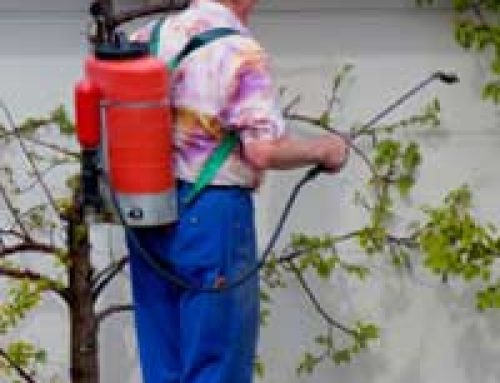 Whilst a beautiful, scenic garden is a joy to look at and to spend time in, we must also be aware that there are a number of dangerous plants and trees that are poisonous if we are exposed to them incorrectly. Therefore, when you’re considering which plants, flowers and trees to plant in your garden, you should seek advice from your garden centre or store about which ones are poisonous and how they should be treated, especially if you have young children.
Whilst a beautiful, scenic garden is a joy to look at and to spend time in, we must also be aware that there are a number of dangerous plants and trees that are poisonous if we are exposed to them incorrectly. Therefore, when you’re considering which plants, flowers and trees to plant in your garden, you should seek advice from your garden centre or store about which ones are poisonous and how they should be treated, especially if you have young children.
Many garden centres, fortunately, label toxic plants or those that can cause irritation but if, in doubt, you should seek expert advice.
General Guidelines
If you do plant anything which you know contains toxins, be sure that you situate them well away from any vegetable patch or other areas from where you’re growing things that are going to be consumed as food.
You should take care not to mix ornamental bulbs like daffodils, tulips and hyacinths with onions and never assume that a plant is safe to eat just because animals or birds might eat it. Toxic shrubs and trees also include yew, rhododendron and laburnum.
If you’re weeding around plants that are known to cause skin irritation, make sure you’re wearing gardening gloves and long sleeves so that your skin isn’t directly exposed to them.
Guidelines for Children
Small children, in particular, can have a fascination for all things that grow in a garden. They’re often attracted to brightly coloured berries, leaves and petals and it’s not uncommon for them to want to put things into their mouths. You should make them very aware that this can be highly dangerous. Whilst they might only be subject to mild symptoms, some plants are capable of causing severe poisoning so teach them never to put anything they’re not sure about into their mouth.
Make sure that poisonous plants, if you are going to have them, are situated at the backs of borders and prune off dead flowers of plants which produce berries or lop off the lower branches so that any berries are well out of reach.
Whilst you may be growing fruit and vegetables to eat, it’s important that you get your children to develop a habit of coming to you to ask before they pick or eat anything from the garden or simply do the picking for them. Familiarise yourself with all the plants and trees in your garden and identify those which may be harmful to your children.
As your children get to reading age, it makes sense to label everything you grow in your garden. That way, they will become more familiar with what’s unsafe to go near and never leave very young children in the garden unattended.
If you Suspect Poisoning
Most poisonous plants will only cause unpleasant symptoms like stomach ache, vomiting or diarrhoea but some have far more unpleasant side effects such as causing convulsions, producing an irregular heartbeat and even death in the case of highly toxic plants, if eaten in large quantities but that is extremely rare and education and awareness are the best precautions you can take. However, should you suspect that someone has eaten part of a plant containing a poisonous substance, encourage them to drink a glass or two of water, providing they are fully conscious and in no apparent pain. You should seek medical advice and call your local GP or NHS Direct immediately or, in severe cases, call an ambulance or go to your local A&E department. If the situation does require a visit to the hospital, you should take a good sized sample of the plant with you with the leaf, stem and flower or fruit on it and write down the name of the plant if you know it.
Treating Skin Irritation
If your skin comes into contact with plant sap, wash it off as soon as possible with cold water and keep irritated skin out of sunlight. Don’t rub or scratch the affected areas no matter how much you’re tempted to do so as this will only increase the irritation and if your skin blisters or becomes more painful, you should visit your GP.





I have a laburnum tree in flower. The flowers and fibres have blown all over the garden including over my clean washing on the line and are stuck to it. I know these are poisonous so do I need to re wash my clothes as they are my baby’s clothes and face cloths etc also the flowers are all over my child’s swing, is just removing them ok or do I need to wash off? Thank you I’m very worried X